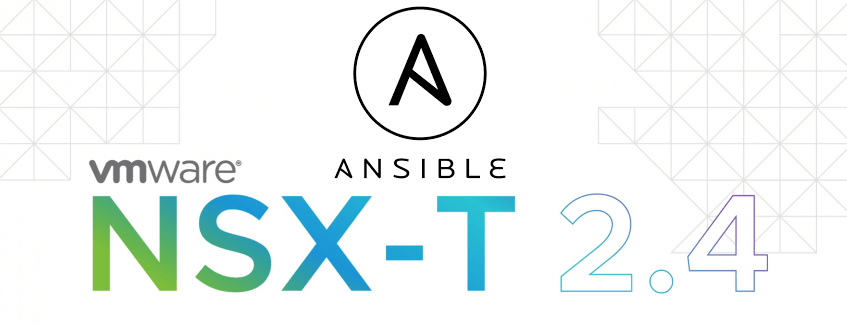When I saw the release of NSX-T 2.4, I decided that I would upgrade my compute clusters to utilise this new version. Since I manage the compute NSX managers mostly through the API, I figured this would provide me with some good experience and also allow me to understand how this is deployed. In my lab I run vRealize Automation
Category: VMware
Have you ever seen a deployed virtual machine in the vRA portal have its status changed to ‘Missing‘? This can happen for two reasons; The first, obvious reason, is that the source virtual machine has been deleted. Not much you can do about that except re-provision it or restore the vm from backup. The second reason, is because the reference
In part 4 and part 5, I covered a lot of ground on how to work with vcac virtual machine objects, such as getting property values and discovering relationships to other entities. This post will continue exploring vcac virtual machines and will focus on custom properties. Custom Properties are key/value pairs of data that are associated with the virtual machine.
In my previous post vRA Developer: Part 4 – Working with vCAC Virtual Machine Entities, I demonstrated how you could find vCAC virtual machine entities and retrieve and update their properties. In this post I am going to focus on linked entities. All code that I have provided or talked about in this post can be downloaded as a vRO package
In the first post in this series, vRA Developer: Part 1 – IaaS & Understanding The Entity Framework I detailed how you can view the vCAC entities and their associated properties. In this post I am going to cover how you can find a virtual machine entity using different property references and get/update their properties in your vRO workflows. I had intended
Data Collection in vRealize Automation is a process that keeps the vRA database in sync with endpoints such as vCenter Server. Most people reading this most likely already know how clunky this process is. Also, It’s not immediately obvious how this process can be automated from a vRO prospective. If you are performing any tasks against objects on your endpoints,
I discovered last week that a developer wasn’t aware that you could use a locking semaphore in vRO. They were writing some API calls and encountered a 409 (conflict) error when a workflow was attempting to concurrently update the same resource (a load balancer if I recall but can’t remember the exact details). I felt that there may be other
I wrote this post some time ago but I felt that it didn’t include some other use cases where you would want to resolve a vCenter virtual machine. I also previously used code that was provided by the vRO appliance that I wasn’t too keen on (logging was a bit light and there was code to search using the BIOS
